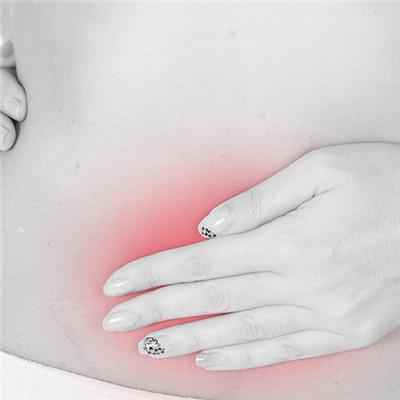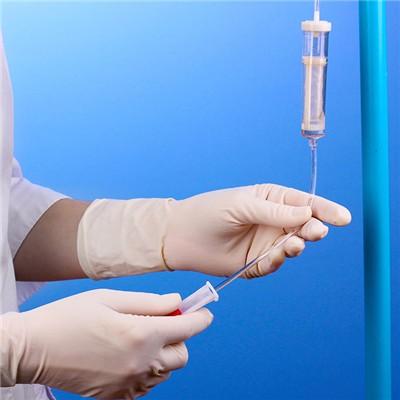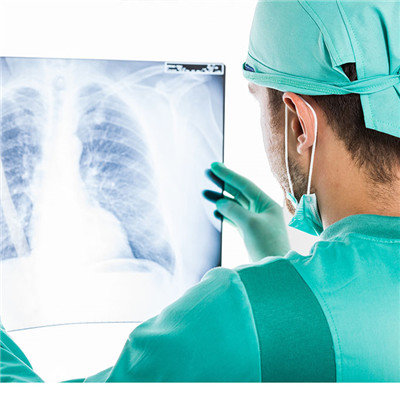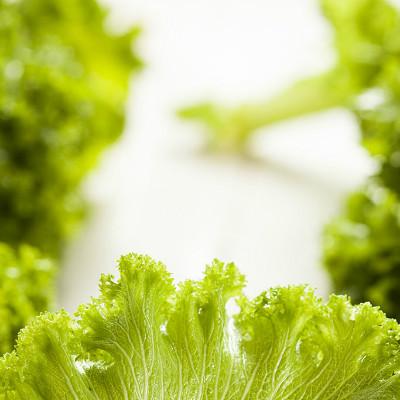Symptoms of gas gangrene
summary
Gas gangrene is a serious acute specific infection caused by Clostridium. We must pay attention to the different extent of the lesion when we treat it; Bacillus infection can be divided into two types: Bacillus muscle necrosis and Bacillus cellulitis. Commonly known as gas gangrene, Bacillus muscle necrosis mainly occurs in patients with extensive muscle tissue injury, and a few occur in the wound after abdominal or perineal surgery. Now let's take a look at the symptoms of gas gangrene?
Symptoms of gas gangrene
First, early diagnosis and timely treatment is the key to save the injured limb and save lives. Therefore, it is necessary to make a diagnosis as soon as possible. The diagnosis is mainly based on clinical manifestations, wound secretion examination and X-ray examination. For example, after injury or operation, the wound has unusual pain, local swelling increases rapidly, the skin around the wound has twisted voice, and there are serious systemic poisoning symptoms, such as pulse acceleration, irritability, progressive anemia, that is, the possibility of gas gangrene should be considered; There are a lot of Gram-positive bacilli in the secretion smear of the wound, and there is gas in the muscle group of the wound by X-ray examination, which are the three important basis for the diagnosis of gas gangrene. Although the diagnosis can be confirmed by anaerobic bacteria culture and pathological biopsy, it takes a certain time, so we can not wait for the results, so as not to delay the treatment.

Second: local manifestations: the patient felt that the affected part was heavy, and there was a feeling of over bandaging. After that, there was a sudden "distension like" pain in the affected part, which could not be relieved by general analgesics. The swelling of the affected part was obvious and the tenderness was severe. The skin around the wound is edematous, tense, pale and shiny, and soon turns purple red, then purple black, with blisters of different sizes. Due to necrosis, the muscles in the wound are dark red or gray and lose elasticity. They do not contract or bleed when they are cut, just like cooked meat. Twirling sounds are often found around the wound, indicating the presence of gas between the tissues. Gently squeeze the affected part, there are often bubbles escaping from the wound, and there are thin, stinky serous bloody secretions outflow.

Third: in the early stage of systemic symptoms, the patient's expression is indifferent, including dizziness, headache, nausea, vomiting, cold sweat, irritability, high fever, rapid pulse (100-120 times / min), shortness of breath, and progressive anemia. In the late stage, there were severe poisoning symptoms, decreased blood pressure, jaundice, delirium and coma.

matters needing attention
Thorough debridement is the most reliable method to prevent gas gangrene after trauma. Debridement within 6 hours after injury can almost completely prevent the occurrence of gas gangrene. Even if the injury has been more than 6 hours, debridement can still play a good preventive role under the use of a large number of antibiotics. Therefore, for all open wounds, especially those with soil pollution and seriously damaged muscles, thorough debridement should be carried out in time. After debridement, the wounds of war wounds should be opened for drainage without suturing.














